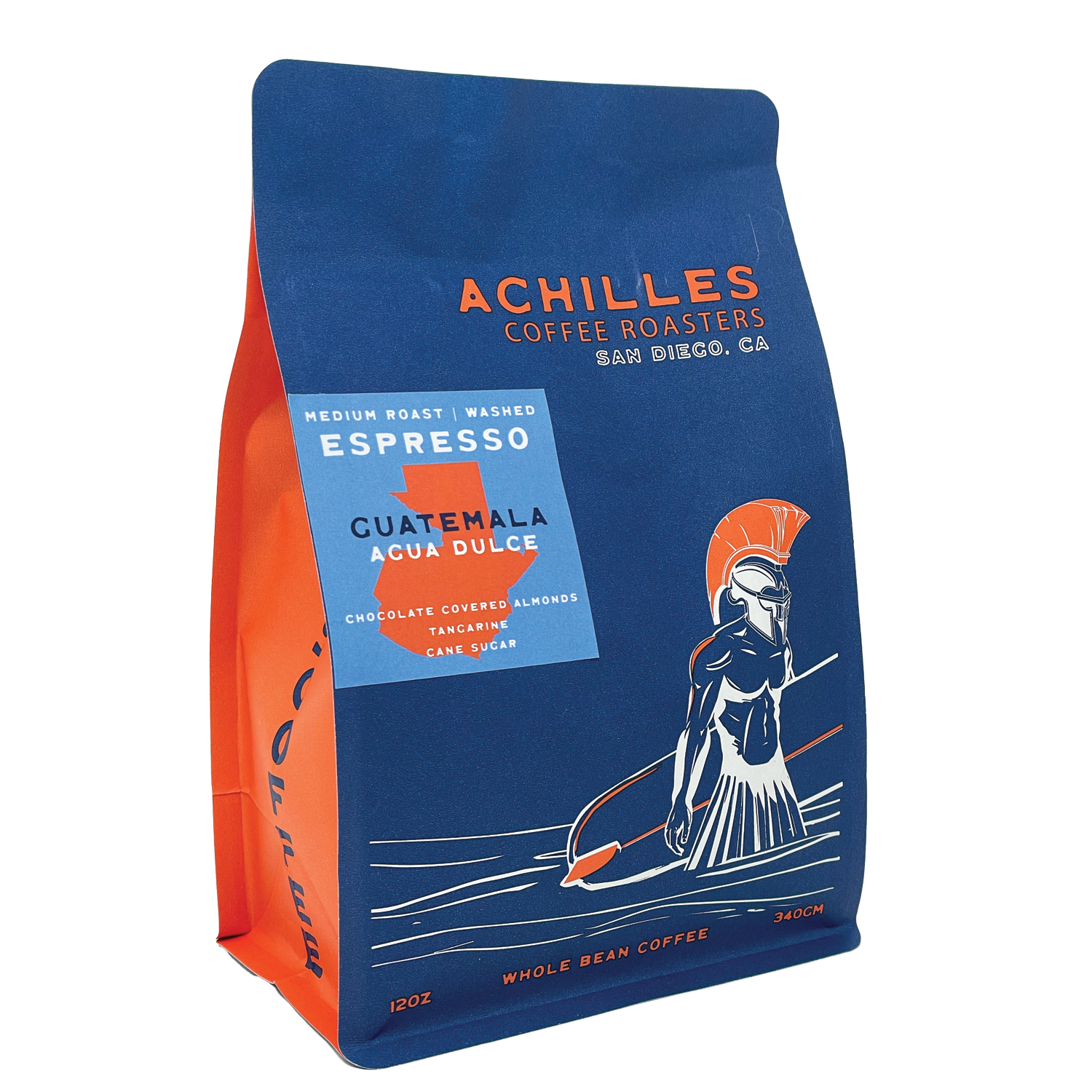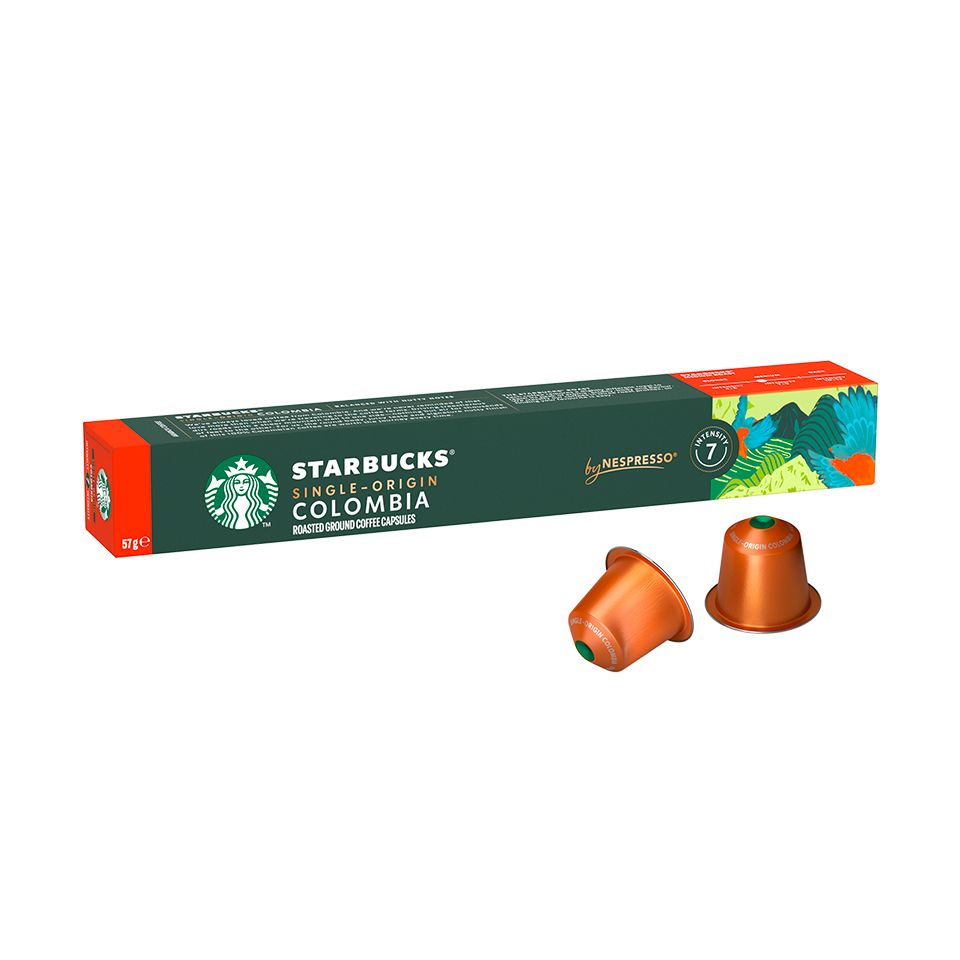Comprehending Coffee Beans: the Journey From Coffee to Blended Coffee Beans

The Beginnings of Coffee: A Global Viewpoint
While you may believe of coffee as a contemporary staple, its origins map back centuries, linking with societies across the world. The tale begins in Ethiopia, where tale states a goat herder named Kaldi uncovered the stimulating results of coffee beans after observing his goats romping vigorously after consuming them.
As trade courses broadened, coffee made its means to Europe in the 17th century, swiftly obtaining popularity. It changed from a mystical beverage right into an everyday routine, motivating celebrations and intellectual exchanges. Each society included its one-of-a-kind spin to coffee preparation, enriching its background. This global journey highlights how coffee links us, transcending borders and joining varied customs via a basic bean.
Cultivation and Harvesting of Coffee Beans
As coffee's trip progressed, the focus moved to the farming and harvesting of specific bean varieties, particularly those utilized for espresso. You'll discover that espresso beans frequently originate from Arabica or Robusta plants, each offering distinctive flavors. The excellent expanding problems include high altitudes and abundant, well-drained soil, which boost the beans' high quality.
Throughout the harvest, choosing methods vary. Timing is vital; you want to gather when the cherries reach peak perfection for maximum flavor.
When harvested, the beans are prepared for processing, which is crucial in establishing their final preference. Understanding the growing and harvesting procedures offers you insight into what goes into your preferred espresso, improving your admiration for each and every mug.
Handling Methods: From Cherry to Bean
Now that you have actually found out about gathering coffee beans, let's explore exactly how those cherries change into the coffee beans you enjoy. You'll see just how various harvesting techniques impact flavor, adhered to by the crucial steps of fermentation and drying out. We'll damage down the milling and grading procedure that establishes your coffee's quality.
Collecting Strategies Described
When it concerns coffee, recognizing harvesting strategies is necessary, given that they straight impact the taste and top quality of the beans you appreciate. There are two main methods: selective picking and strip selecting. Careful picking entails hand-picking just ripe cherries, ensuring you get the finest high quality beans. This approach usually brings about a richer flavor account, though it's even more labor-intensive. On the other hand, strip picking ways harvesting all cherries at as soon as, no matter of perfection. While it's quicker and cheaper, this can lead to a mix of tastes, affecting the final item. Ultimately, the choice of collecting technique can substantially affect your coffee experience, so it deserves knowing just how those beans made it to your mug.
Fermentation and Drying Out
After gathering, the following steps in handling coffee beans play a considerable role fit their taste. You'll find that fermentation is essential, as it helps damage down the mucilage bordering the beans, improving their taste profile. Depending on the approach, this procedure can last from a few hours to a number of days, with varying results based upon temperature and humidity.
Sun-drying enables the beans to soak up flavors from the environment, while mechanical drying assurances constant dampness levels no matter of weather. Appropriate drying is vital to stop mold and mildew and preserve the beans' top quality, ultimately affecting your mug of coffee.
Milling and Grading Refine
As fermentation and drying established the phase for flavor development, the milling and grading process warranties that just the finest coffee beans make it to your mug. This phase involves removing the outer layers of the coffee cherry, including the parchment and husk. Premium beans get a higher quality, resulting in a richer coffee experience.
Toasting Techniques: Unlocking Flavor Prospective
When you roast coffee beans, the method you choose can dramatically impact the flavor account. Recognizing the partnership in between time, temperature level, and toasting strategies is crucial to exposing the potential of your brew. Let's discover just how these elements come together to produce the ideal cup.
Toasting Approaches Explained
While you may assume that all coffee toasting methods generate the exact same results, the reality is that each strategy reveals distinct taste potentials in the beans. Drum toasting makes use of a turning drum to equally disperse warmth, enhancing caramelization and generating a well balanced flavor. Air roasting, on the other hand, circulates warm air around the beans, advertising a lighter roast with obvious level of acidity.

Effect on Taste Account
Various toasting approaches not just influence the procedure yet additionally substantially impact the taste account of the coffee beans. Dark roasts, on the various other hand, bring out bold, great smoky flavors, occasionally covering up the bean's special features. Comprehending these nuances helps you appreciate the artistry behind your mug of coffee, enhancing your overall experience with every sip.
Time and Temperature Elements
To release the full taste potential of coffee beans, both time and temperature during the roasting process play substantial duties. When roasting, you'll discover that greater temperature levels can quickly create tastes, however if you hurry it, you might end up with charred notes. On the other hand, lower temperature levels permit an extra steady taste development, showcasing the beans' unique features.

Timing is equally as essential; prolonging the roast also long can cause a loss of acidity and illumination, while also short a roast might leave the beans underdeveloped. Locating that sweet spot needs technique and testing. By adjusting these variables, you can expose the rich, intricate flavors concealed within each bean, producing a genuinely amazing coffee experience.
The Art of Mixing: Crafting One-of-a-kind Coffee Profiles

Start by picking a base coffee that supplies a solid foundation. Select corresponding beans to enhance specific taste notes. A brilliant Ethiopian bean can bring fruitiness, while an abundant Brazilian coffee adds body. Experimentation is vital-- do not be terrified to readjust ratios till you locate your perfect account.
As you blend, bear in mind that each combination narrates. You're not simply making coffee; you're producing an experience. Take your time, preference frequently, and enjoy the trip of finding your signature mix - Single Origin Espresso.
Brewing Methods: Just How Preparation Impacts Flavor
Mixing coffee opens up a domain of flavor opportunities, but exactly how you brew that blend can considerably influence your last mug. On the various other hand, a pour-over highlights the coffee's clearness and brightness, ideal for showcasing fragile notes.
Coffee, with its high stress, generates a focused shot that emphasizes sweetness and crema. If you choose a lighter mixture, think about a cool mixture approach; it generates a smooth, less acidic taste.
Changing variables like water temperature level, grind dimension, and brew time can transform your coffee's account. Embrace the art of developing to discover the tastes concealed in your coffee blends.
The Future of Coffee: Sustainability and Advancement
As the coffee sector develops, sustainability and advancement are becoming necessary for dealing with environmental difficulties and meeting customer needs. You'll discover Single Origin Espresso that even more coffee companies are adopting green practices, from sourcing beans fairly to carrying out lasting farming methods. These changes not just aid the world however also improve the high quality of the coffee you enjoy.
You could see developments like biodegradable product packaging and water-saving developing methods that decrease waste. Advanced technology, such as blockchain, is likewise ending up being preferred, making sure transparency in the supply chain, which enables you to map your coffee back to its origins.
Additionally, purchasing local areas and sustaining farmers through reasonable trade initiatives fosters an extra sustainable coffee ecosystem. As you drink your next mug, remember that your options can add to a brighter future for coffee. By selecting sustainable brand names, you're not simply enjoying a drink; you're making a favorable effect on the world.
Regularly Asked Questions
What Is the Difference Between Arabica and Robusta Beans?
Arabica beans are smoother, sweeter, and have a greater acidity, while robusta beans are stronger, much more bitter, and have more caffeine. When making your coffee., you'll discover these distinctions in taste and scent.
How Does Elevation Affect Coffee Bean Flavor?
Altitude effects coffee bean flavor significantly. Greater elevations generate beans with brighter level of acidity and complex tastes, while lower elevations commonly produce beans that are much heavier and less nuanced. You'll notice these distinctions in your mug!
What Are the Health Benefits of Alcohol Consumption Coffee?
Drinking coffee can improve your energy, improve mental emphasis, and also improve physical performance. It's rich in anti-oxidants, may lower the threat of specific illness, and can advertise a healthier metabolic process when eaten in moderation.
Can Coffee Beans Be Recycled for Developing?
Yes, you can recycle coffee beans for developing, however the flavor may be weak. If you enjoy trying out, attempt recycling them in different ways, like chilly mixtures or contributing to smoothies for an additional kick.
Exactly how Should I Store Coffee Beans for Quality?
To keep your coffee beans fresh, keep them in a closed container in an awesome, dark location. Avoid exposing them to wetness, warm, or light, as these aspects can rapidly weaken their flavor and scent.
Recognizing Coffee Beans: the Journey From Coffee to Blended Coffee Beans.
Currently that you've learned concerning harvesting espresso beans, let's explore exactly how those cherries change into the coffee beans you enjoy.When you roast coffee beans, the technique you select can significantly influence the taste profile - Single Origin Espresso.While you may assume that all coffee toasting techniques produce the exact same outcomes, the fact is that each strategy exposes one-of-a-kind taste potentials in the beans.Various toasting methods not only affect the process however likewise substantially impact the flavor account of the coffee beans